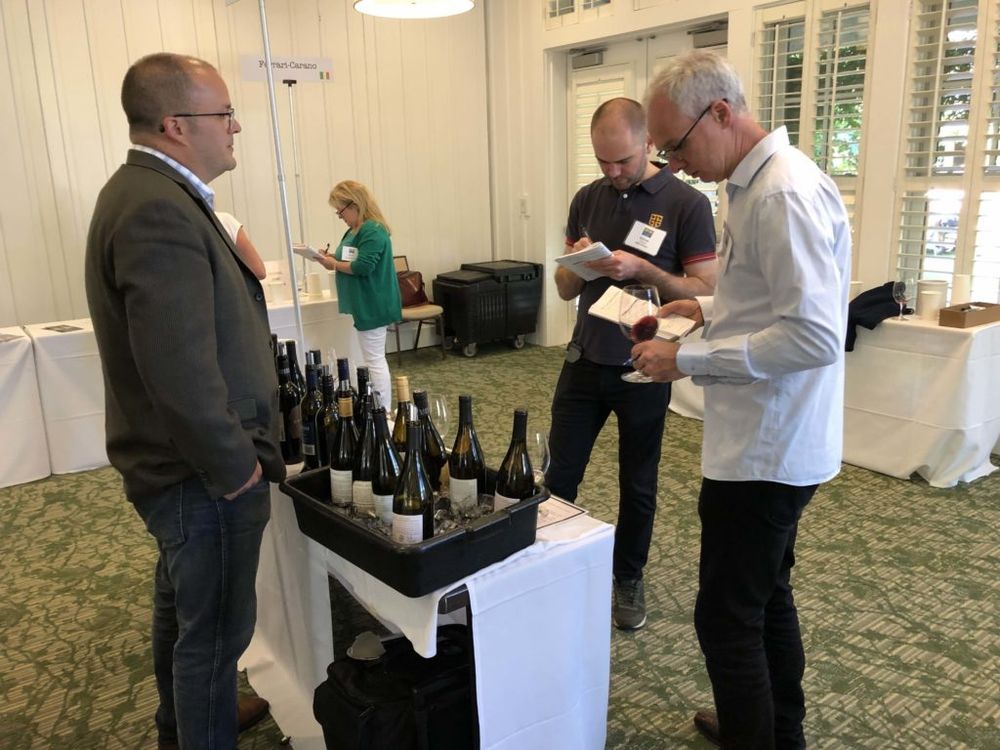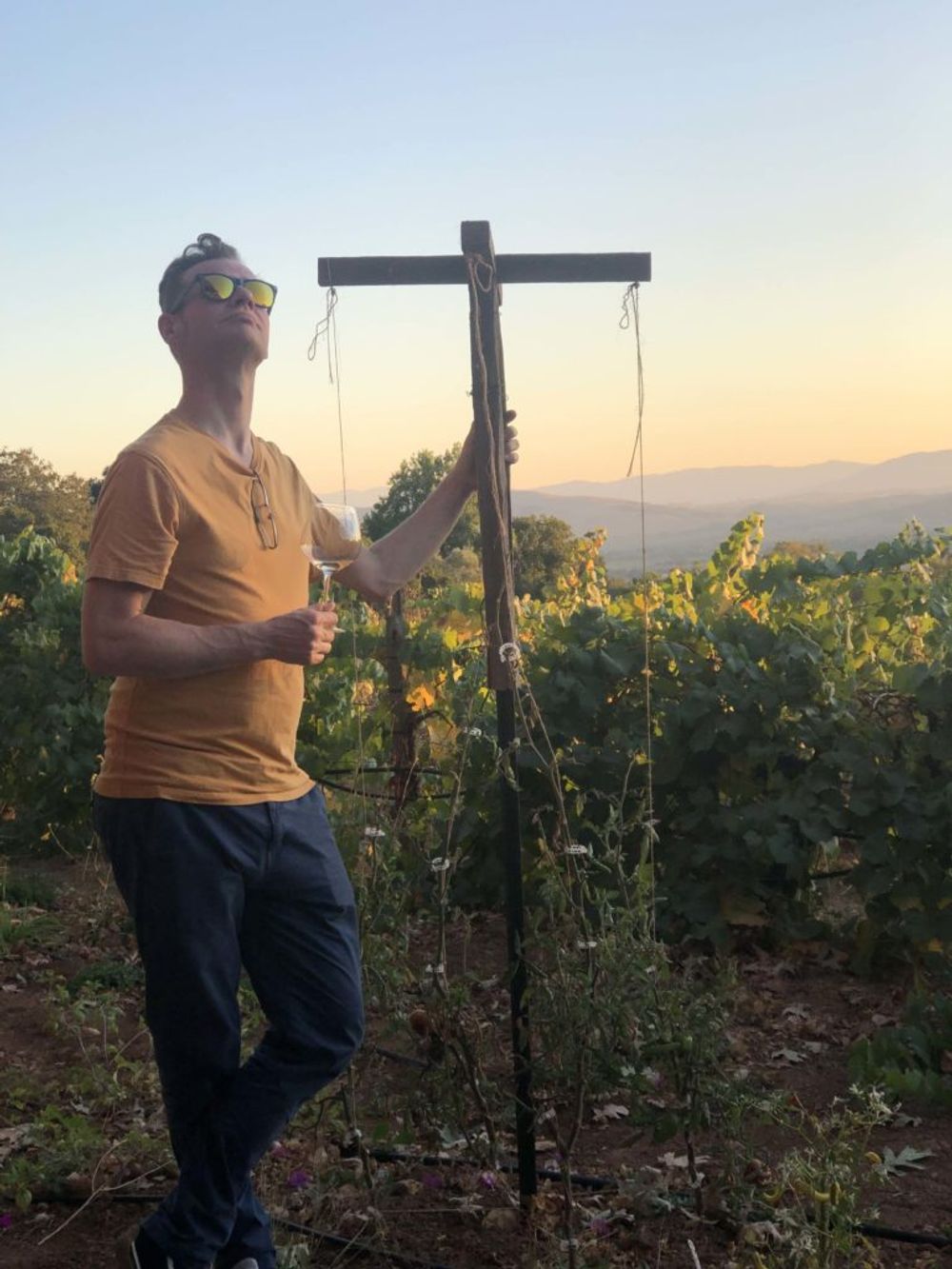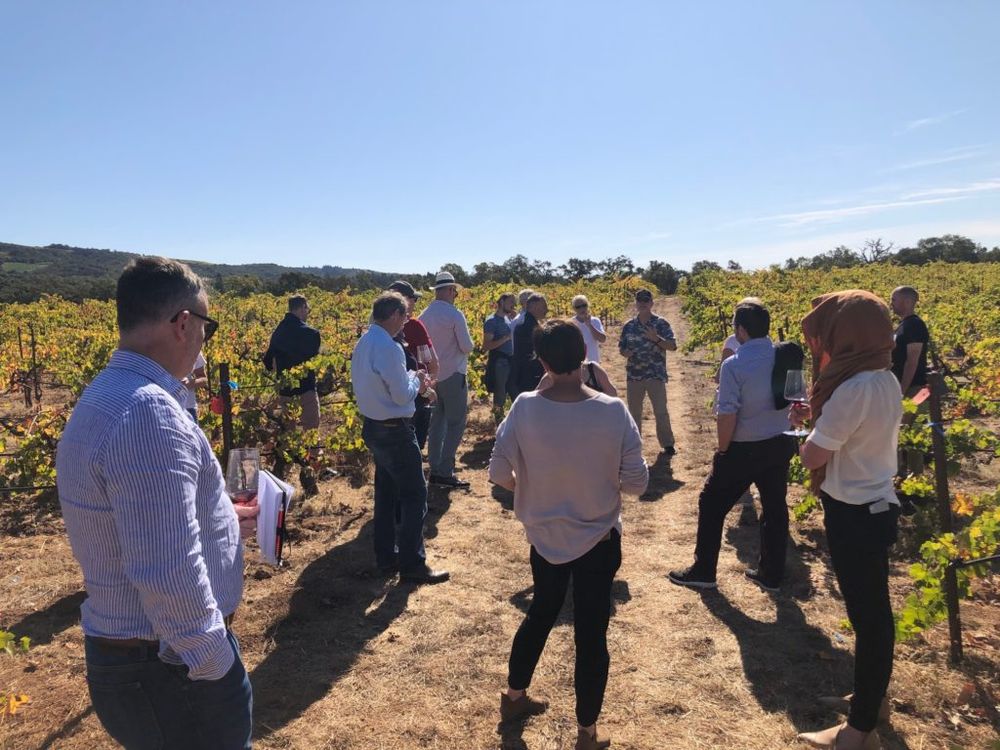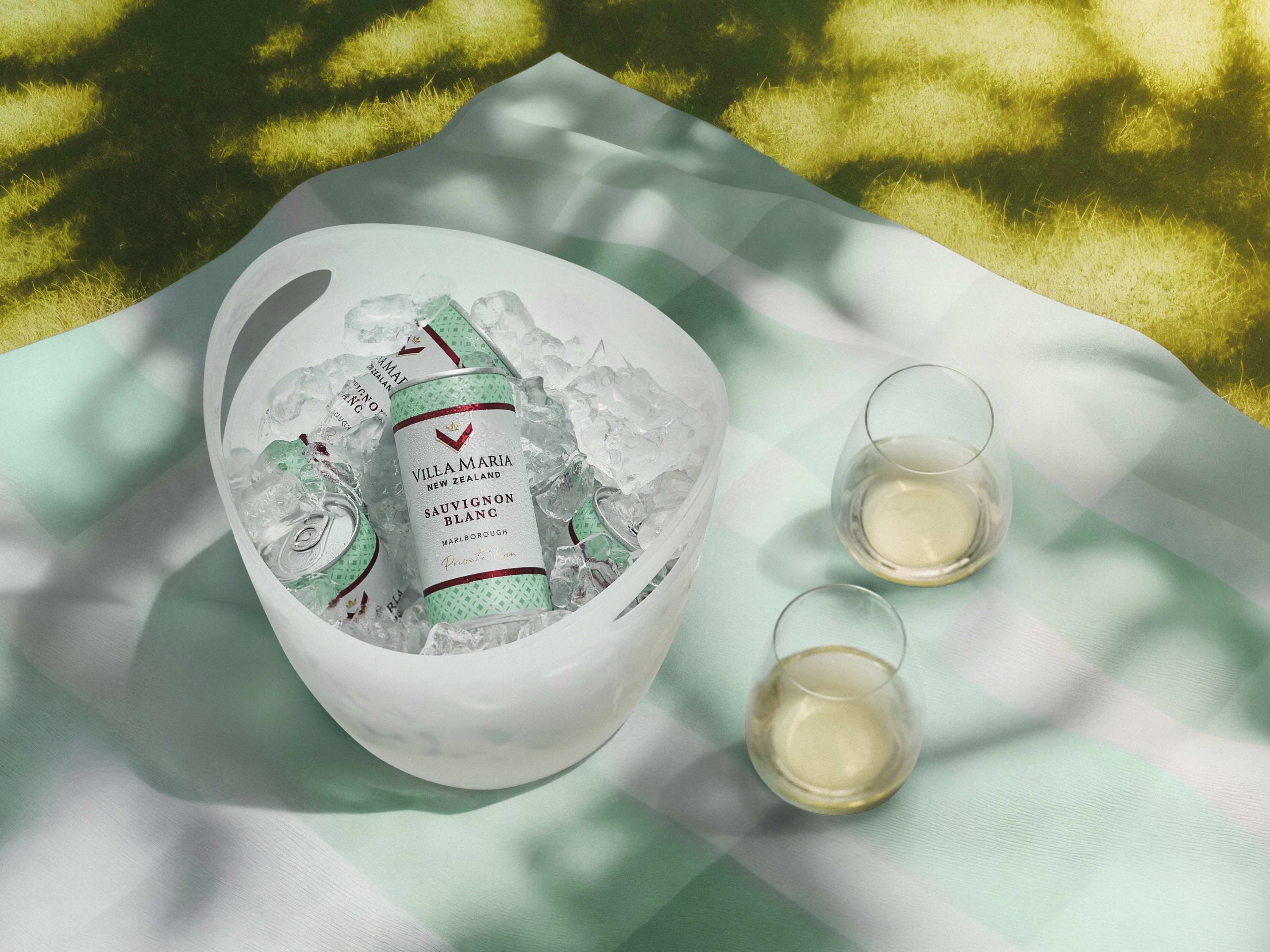In order for wine producers and wine buyers to do business they need to meet, taste the wines and see if there is a deal to be done. That was what made the recent California Buyers Trip such a success. The chance for those who want to get down to business to do so. Here’s Part Two of our report.
The distributors, importers and merchants from the UK and Ireland who are on the inaugural California Buyers Trip organised by the California Wine Institute were agreed the trip provided a unique opportunity to not only re-acquaint themselves with the changing styles of Californian wine, but crucially spend quality time with a whole range of producers who are serious about exporting to the UK.
That was the key to what made the week such a success. Regardless of anyone actually buying one litre of wine. It was the platform, the environment in which open, frank conversations could be had. If a producer’s wine was well off target for the UK market, there were buyers there with the skill and experience to explain why in a constructive, helpful way. If a wine was just off kilter, say, for the Irish market, there were equally senior buyers there to show how they might be tweaked in the future to make them so much more attractive to UK and Irish markets.

The trip brought UK and Irish buyers together like here with Ben Mason of Wine Mason in Ireland, right and Kieron Galliard of SH Jones left
Different approaches
With such a wide range of buyers and producers present the results were always going to be very different.
Robin Copestick of Freixenet Copestick came back particularly optimistic: “I have found a number of great new initiatives and hope we can bring them to the market in early 2020. I sensed that this time there was more of a willingness to be more flexible and explore options to break into the UK and Irish markets. Overall quality was very good at all levels.”
He added: “Price points as always will be a challenge particularly with the strength of the US dollar. But hopefully there will be an understanding of what will be required to be successful in the UK and Ireland. I found a lot of wines that I am interested in buying.
“The biggest challenges are whether the wineries are prepared to work harder for less money. This may sound ridiculous, but a lot of wineries want a presence in both the UK and Ireland and in the medium to long term I believe it is always good to have a diverse set of markets and customers. There are, though, very definitely some great opportunities for California in both the UK and Ireland.”
Colin Clarke at Cassidy Wines in Ireland said that compared to a trip 10 years ago, the “difference was striking”.
Colin Thorne at Vagabond Wines in London aid he was pleased to see more “wines for the table rather than the critics” than on his previous visit six years ago. “Winemakers need to taste more of the great wines to get an idea of what makes them great. Rushing to plant varieties to chase the market will not do you any favours long term. Respect your heritage, study your land, relax and let the wine find its voice rather than making it dance to whatever happens to be fashionable. The plaudits and sales will follow.”

Steve Daniels of Hallgarten was returning to a state he helped promote so much in his early days at Oddbins
Steve Daniel at Hallgarten Novum Wines said he had “seen some great wines, and some really good producers”. The only drawback being the prices they wanted for the wines “did not equate”. “South Africa can do the same kind of thing at a fraction of the price. So we will have to conversations about price. If they want to be in the UK and are serious about it then they have to be realistic on price.”
He added: “When I first came here they did not have the domestic market. Now they have got over production and bulk wine prices are coming down. So there is room to negotiate.”
Drilling down
Matthew Hennings of Hennings Wine said it was a mixed picture in terms of what wines were suitable for the price points and styles he is looking for. He was particularly “impressed by some of the more fragrant and lighter value Pinots, and some fantastic Cabernet and Chardonnays”. “Some of the younger winemakers who have perhaps spent some time in Europe are making some really exciting wines. Lighter and fresher with good acidity and approachability,” he added, but again pricing would be an issue.
“There are a few I will be following up, I just need to work out the logistics as this is one of the main issues for a company of our size for direct shipment from the US. I may well buddy up with another of the buyers.”

Colin Thorne in a contemplative mood
Thorne at Vagabond agreed that logistics for shipping from California would be a “key factor” in deciding what wines to bring in. “FOB is not the same as ex-cellar as every producer seems to think,” added Thorne who would be looking at good transporter and groupage services.
Hennings added: “I do think there are some opportunities, at the (our) premium level, they are producing some great, world class wines. However, we all need pallet shifters and I think it is the commercial end £12-16 retail where they need to be aware what else from around the world is available at that price.”
Anne Mullin at Wine Online suggested California creating “a hub in Europe” for its wines that would “make it easier for EU members to import easily and within a short time frame”.
She said she had gone with the “impression there was very inexpensive cheap wine and very high end expensive wine and not much in the middle. This however has changed.”
More drinkable styles
Kieron Galliard of SH Jones said he had not been to California for 12 years – “when everything was much bigger” – and was pleased to see a “better focus on drinking styles of wine”. “Give or take half the wines would have a place in the UK, but would probably have to work on some of the labels,” he claimed. “The Chardonnay were really consistent.”
But he agreed with Copestick that a number of the wines were what he called “introverted” for the US and not suitable for the international market”.

Colin Clarke at Cassidy Wines in Ireland said he had found a big change in the quality of the wines since his last visit
Ben Mason of Irish independent importer, Wine Mason, admitted he had come with a completely open mind and came away “excited” by a lot of what he had tasted and also felt the Chardonnays “stood out”. “Plenty of the wines clicked with me. There were some really beautiful wines. But some of the prices were hard.”
He added: “My knowledge of California was 20 years out of date so for me it was a was a very useful crash course in where Cailfornia is in the world of wine. I probably came thinking I needed to come away with Zinfandel, but left thinking about other varieties too like Petite Syrah.”
Martina Delaney at Whelehan Wines said: “Before the trip I had the impression of very high end expensive wines that where quite brand driven. It was great to see some some good wines that are more easy on the pocket. Also I felt that the styles of wine where a lighter and more elegant than what I remember. I was surprised at the quality levels in particular of the Zinfandels. I felt that there was a mixed bag in therms of quality, particularly wines $4 and under.”
Sense of place

There was also a chance for buyers to go out and meet legendary winemakers such as Joel Peterson
For Mark Quick at Hawksmoor it had been a great trip to get more of a sense of the “geography of the place”. “Having your feet on the ground really helps. Until you see it for yourself, it makes a difference. For example, in California it is less about the soil, but more about the weather, the climate the wind, the hours of sunshine. It’s all so logical.”
From a buying point of view for restaurants he felt there was not much of an understanding about how much a particular wine would be on a wine list in the UK compared to the US. “A wine that might be on a list in the US for $60 would have to be £100 in the UK and not a lot of people realised that. But I tasted wines that I thought were excellent.”
As it was the first time that Martin Tickle of Jeroboams had been to California he was also particularly taken by the chance to travel around and meet iconic producers such as John Williams at Frog’s Leap. “When the wines were good, they were really good with some really interesting packaging,” he added. There may be an opportunity, he added, to buy some examples, particularly Zinfandel, and “put them away to age for 20 years”.
He added: “It was great to see some new producers making interesting things with good stories. I also found some interesting Pinot Noir and Chardonnnay. I think a commercial awareness of what similar wines cost in other new world wine regions is really important, particularly for the main grape varieties.”
Each of the buyers have been asked to give detailed feedback to the California Wine Institute and the wineries involved. Advice and learnings that will be used to help shape agreed future buying trips from other countries and continents. Senior buyers from Europe are expected to take part in the next buying trip, with other events planned for different markets in due course.
It was fascinating to watch the two sides at play. The poker-faced buyers who gave so little away, to those that would have to be cajoled to leave the tasting and move on to the next one. The producers who had done their homework and knew exactly which buyer was best suited to their wines. To those who were looking to export for the first time and were, to be honest, making it up as they went along.
But whether they were a producer or a buyer there was a common goal. To learn and to better understand what they could do to help each other. It might have been the first event of this type, but it certainly won’t be the last.
- You can read the first part of the California Buyers Trip here. Thanks to all the buyers and producers for taking part for the California Wine Institute for making it happen.










































